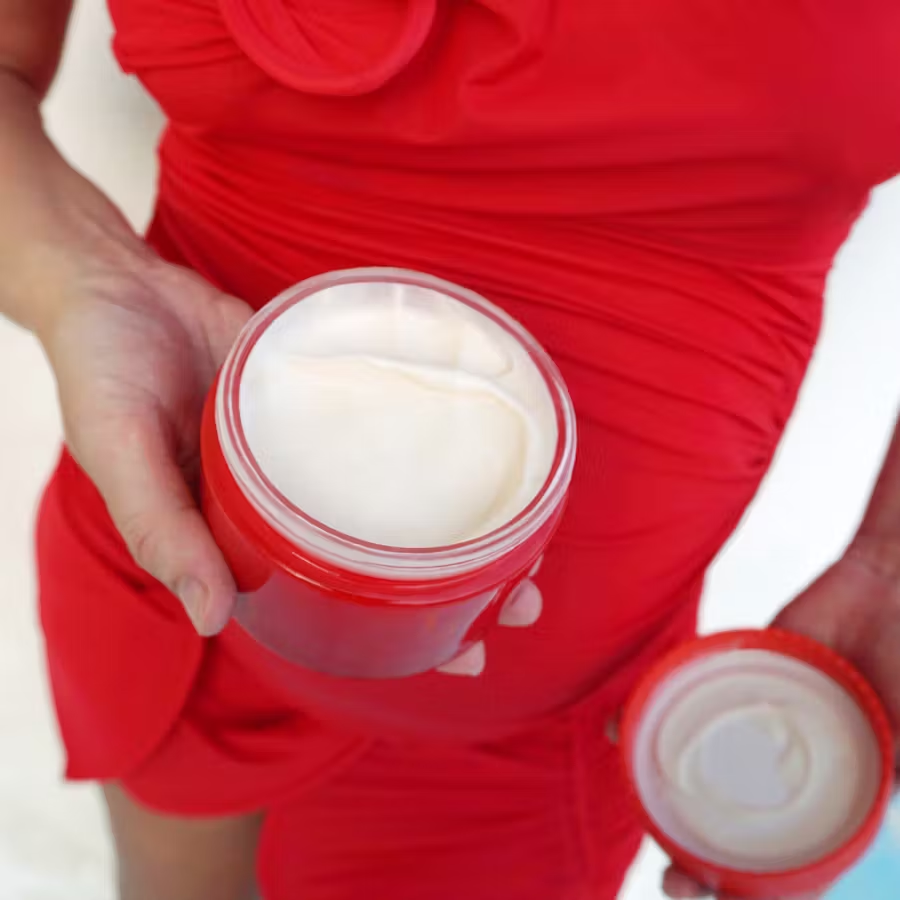Resources
Debunking Opposing Claims
Article - Debunking the Myth: Are Organic Cosmetics Really More Expensive?
The article concludes that it’s difficult to compare organic and conventional beauty products directly, as many factors—such as ingredient quality, manufacturing processes, and certifications, affect pricing. The real cost of organic beauty products is more transparent, with prices reflecting the majority of the manufacturing process rather than the ingredients themselves.

But if that were true, they are completely dismissing the point that natural ingredients are meant to be much easier to access and create given their natural properties * when certified and sourced ethically, which is supported by our preliminary research reported by the WWF Sustainability Report.
It seems to be that this is a bit of an excuse to not be able to set those clear boundaries for users as clientele transparency needs are on the rise. If concerns really were about manufacturing, then brands simply disclose that. There is no effort or actual barriers for them to simply disclose that while their ingredients are safe, the uptick in price is due to the luxurious packaging or refillable properties.
While the Cosmébio article sets out to challenge the idea that organic cosmetics are more expensive, its own analysis reinforces our core claim: that the type and quality of ingredients directly impact pricing. The article admits that organic brands use more costly natural ingredients and undergo rigorous certification processes costs that are then passed on to consumers. In contrast, conventional cosmetics often rely on cheaper fillers like silicones and water, allowing for significantly lower prices. Even attempts to justify higher costs in the name of sustainability ultimately reveal a direct link between chemical composition and price. In trying to disprove this connection, the article unintentionally validates it. Even within our core data via conclusion 4 “Correlation Between Ingredient Count, Price, and Ratings at Sephora”, you can see that higher potency in chemical dangers actually results in higher prices, debunking their claims.
Learn More About Our Mission
We believe ethical beauty starts with transparent information, accessible design, and consumer empowerment. These four resources help illustrate the current state of sustainability in cosmetics in alignment with our mission of transparency at ToxiTells:
Uncovering Hidden Ingredients: The Mica Supply Chain
CTPA Sustainability Hub – Mica
This technical report provides a deep dive into where mica comes from, how it's used in cosmetics, and the risks behind it, including child labor and unsafe mining conditions.
Who’s Really Being Sustainable?
Good On You – Beauty Sustainability Scorecard
This article critiques how brands report on sustainability, using bar graphs, pie charts, and tables.
Sourcing or Selling? The Ethics Behind “Clean Beauty”
Sun Chemical – The Clean Side of Mica
This report explores how "responsible sourcing" is often used as a branding strategy to appeal to consumer values raising questions about who truly benefits.
The Bigger Picture: Palm Oil, Production & the Planet
WWF – Sustainable Palm Oil Report
A massive scholarly report on sustainable sourcing across industries, not just cosmetics.
Extra Resources: Check What’s Really in Your Products
Pore-Clogging Ingredient Checker
Try the Tool
Ever wondered if your skincare or makeup might be doing more harm than good? This simple tool lets you copy and paste your product’s ingredient list to instantly scan for comedogenic (pore-clogging) ingredients for FREE.